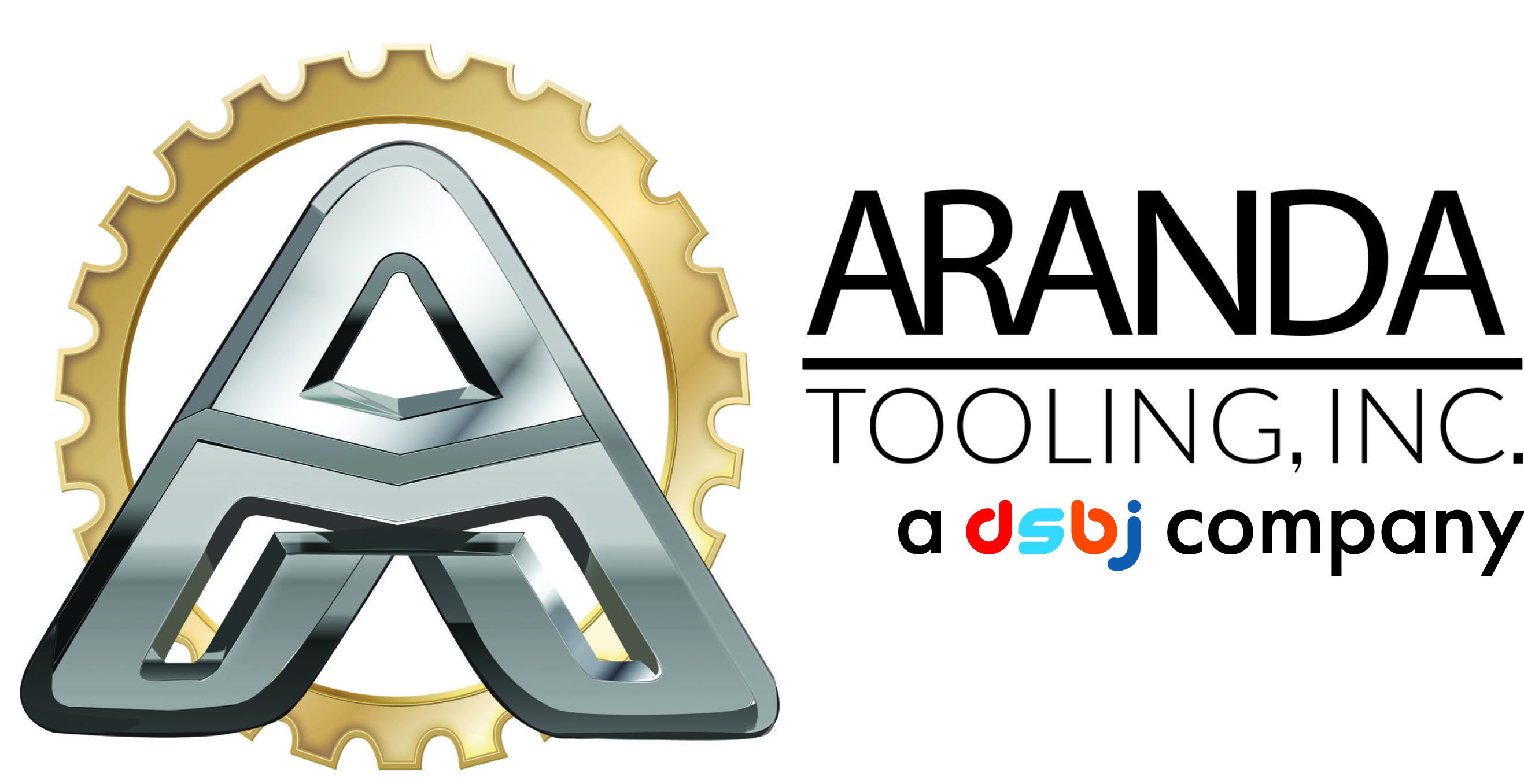Types of Materials for Metal Fabrication
Comments Off on Types of Materials for Metal FabricationMetal fabrication is an umbrella term for a range of processes like folding, stamping, cutting, and welding that ultimately take a sheet of metal and form it to achieve a desired shape or component. In metal fabrication design, understanding the various fabrication processes as well as the compatible metals and their qualities will help you determine the right material for your application.
Types of Metal Fabrication
Metal fabrication and engineering cover a wide range of precise processes for manipulating metal, including:
- Casting. For this process, fabricators fill a mold with molten metal, which then takes the mold’s shape as it cools and hardens.
- Cutting. Relying on processes like laser cutting, shearing, and sawing, cutting separates a single metal piece into multiple ones.
- Drawing. The drawing process pulls metal through a die to form a particular shape, such as a tube or wire.
- Extrusion. A forming process that forces metal through a die to generate a workpiece of the desired shape, extrusion is common in producing rods, tubes, and other long components.
- Folding. This fabrication process utilizes a press brake or manual methods to bend metal, achieving a desired profile.
- Forging. Capable of strengthening metal material and producing complex profiles, forging involves applying heat to a metal workpiece so fabricators can work it with presses or hammers.
- Machining. A subtractive manufacturing process, machining uses methods like milling, turning, and drilling to cut material away from a workpiece to achieve its final shape.
- Punching. Punching utilizes a punch and die to cut shapes or holes in a metal sheet.
- Shearing. This process uses a shear to cut one metal workpiece into multiple pieces.
- Stamping. This sheet metal fabrication process involves shaping a workpiece into a specific profile using a die set and stamping press.
- Welding. Using one of various methods, such as MIG, TIG, or stick welding, this process connects multiple metal workpieces, using heat to fuse them into a single component.
Types of Metals for Metal Fabrication
Many metals are compatible with fabrication processes and the metal fabrication tools list. Some of the most common include:
- Steel. This carbon and iron alloy has widespread uses for its strength. Steel fabrication designs use carbon steel, a durable option for manufacturing and construction applications, and stainless steel, a stain- and corrosion-resistant material containing chromium for added toughness.
- Aluminum. Known for its corrosion resistance and strength-to-weight ratio, aluminum has optimal uses in automotive and aerospace applications.
- Iron. The primary metal in steel, iron is useful in manufacturing and construction applications and cast iron products for its durability and high strength.
- Copper. This soft metal is a malleable option ideal for plumbing parts and wires.
- Brass. An alloy composed of zinc and copper, brass is well-suited to crafting hardware and ornamental components.
- Bronze. An alloy composed of tin and copper, bronze is applicable in manufacturing components like bearings with a low coefficient of friction to improve wear resistance.
What Qualities Should You Look for in a Fabrication Material?
To select the ideal material for a project, consider the following:
- Application. Make sure the material can meet application-specific performance requirements.
- Strength. Choose a metal with the tensile strength to resist breaking despite the stress or load the end product must withstand in its application.
- Hardness. For applications requiring durable strength, select a material with sufficient hardness to resist lasting deformation.
- Resistance to corrosion. If your application involves exposure to harsh environmental conditions, use a metal with high corrosion resistance to prevent degradation.
- Ductility. For applications that need a part to deform or bend, choose a material with the ductility to resist breaking as it deforms under stress.
- Machinability. Ensure that your material is compatible with the required machining processes, such as drilling or shaping, and can achieve the desired tolerances.
- Weldability. When your project includes welding for joining parts into one larger component, opt for a material that’s compatible with welding processes.
- Configuration. Select a material capable of forming the specific geometry, shape, and size necessary for its end use.
- Prototype size. Like in regular production, consider if the material will meet the necessary shape, size, and formability requirements for a prototype.
- Production run length. Consider the size of your production run and whether or not a metal is available in the quantities you’ll need.
Metal Fabrication From Aranda Tooling
Aranda Tooling, Inc. offers in-house metal fabrication as well as stamping, laser cutting, welding, assembly, and more. Our company is backed by over 48 years of experience and advanced tooling to assist you from initial design to production and assembly. We carefully adhere to your product specifications, timeline, budget, and material needs, with all fabrication materials subject to PPAP verification for maximum quality control.
Aranda Tooling is ISO 9001:2015-registered, manufacturing over one million precision components weekly for worldwide industries ranging from automotive, construction, and medical to plumbing and hardware. To learn more about our metal fabrication capabilities, contact us today.





 Request For
Request For